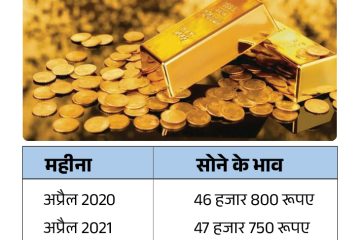Beant Singh: Life and Legacy

Introduction
Beant Singh, a prominent figure in Indian politics, played a vital role in shaping the future of Punjab during a period of immense turmoil. As the Chief Minister of Punjab from 1992 until his assassination in 1995, Singh’s leadership was pivotal in restoring peace in the region following years of violence and strife. Understanding his life and contributions is essential for grasping the complexities of Punjab’s political landscape in the 20th century.
Background
Born on January 19, 1946, in the village of Kahnuwan, Beant Singh grew up against a backdrop of socio-political changes in post-independence India. He became involved in politics at a young age, joining the Indian National Congress party, which was instrumental in his later electoral success.
Political Career
Singh’s ascent to the position of Chief Minister came during one of the most turbulent times for Punjab. The late 1980s and early 1990s were marked by separatist movements and communal violence, leading to a significant loss of life and a breakdown of law and order. As Chief Minister, Singh focused on mitigating these issues through a combination of law enforcement and dialogue with various stakeholders. His government implemented policies aimed at economic development and social reconciliation, which were crucial for stabilizing the state.
Assassination and Impact
On August 31, 1995, Beant Singh was assassinated by a suicide bomber linked to separatist elements, which highlighted the ongoing challenges in the region. His death was met with widespread condemnation and mourning, revealing the complexity of the conflict in Punjab and the sacrifices made by those striving for peace. Singh’s assassination led to an increased crackdown on militant groups and reinforced the need for security measures in Punjab.
Legacy
Despite the controversies surrounding his tenure, Beant Singh is remembered for his commitment to restoring peace in Punjab. Many view him as a symbol of resilience against political extremism and instability. The establishment of various educational and infrastructural projects during his regime has contributed to Punjab’s development in the years following his death. His legacy continues to be relevant as contemporary political leaders look towards ensuring stability and prosperity in the region.
Conclusion
In conclusion, Beant Singh’s life and political career provide insights into the challenges faced by leaders during turbulent times. While his methods and decisions might be debated, his efforts toward promoting peace and development in Punjab remain noteworthy. As present and future leaders navigate similar challenges, the lessons from Singh’s legacy will undoubtedly serve as a guide in their efforts toward governance and reconciliation in divided societies.









